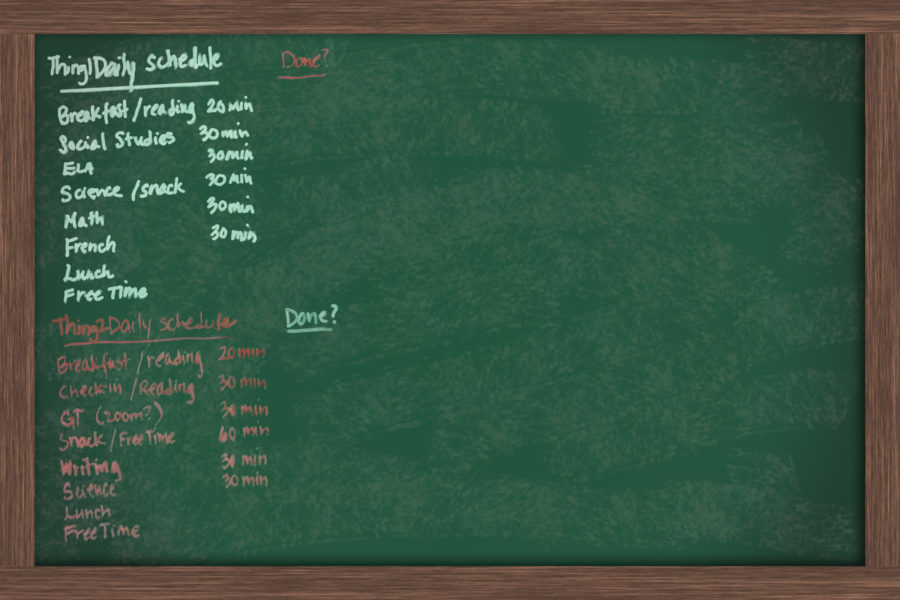Do you know what SMART Goals are?
A year ago, I don’t think I’d ever heard the term SMART Goals. I’m sure the concept has been around for a long time, but I’m guessing I wasn’t in the right mindset to come across this perspective on goal-setting. So, if you’re here because you were Googling SMART Goals and wanted to know what they are, hopefully, I can give you a little insight. In this blog post, I’ll talk about what we mean by SMART Goals (no, they’re not the ones that make you brilliant, and if you don’t have SMART goals, that doesn’t make you stupid. Though, it might mean you’re frustrated.) But in the next few posts this month, I’ll discuss specific places where I encountered SMART Goals and how that impacted me in a positive way. Let’s make this FYI short and sweet, shall we?
If my goals aren’t smart, what are they?
SMART goals aren’t a judgment. I swear. It’s actually an acronym, and depending on where you encounter it, you might see variations on the theme. But the gist of it is that each letter stands for a term to describe your goal in a tangible way.

T – TIME – whatever the term used here, it’s always about setting a timeline around WHEN you’ll meet the parameters of the goal you’ve set. It’s all well and good to toss your hat in the ring with the plan that “someday,” you’ll “make it.” Whatever that means. But if you give yourself stepping stones, the path is clearer and less scary. Tell yourself you plan to do something by a certain time, and you’ll push harder to make the deadline. Give yourself eons to accomplish the smallest task, and you may never begin the process.
I’m SMART. Now, what?
I thought I’d share with you one of my own SMART goals to illustrate what I mean. I will write a weekly blog post to coincide with a monthly theme. (SPECIFIC) These blog posts will publish on the 7th, 14th, 21st, and 28th of the month. (MEASURABLE) After three months, I will assess my success and adjust my expectations accordingly. (TIME, ATTAINABLE) I will generate content for my newsletter, increase engagement on my website, and expand my reach. This can grow my audience and is part of an overall author marketing strategy. (RELEVANT)
Coming up next…
In case you didn’t read between the lines of my example, I’m excited to bring to you a new blog series called Lucy Gets Real. This first theme, which feels timely for January, is about these SMART Goals and how they (and some related philosophies) have transformed my life over the past year. I’m eager to finally make this blog into what I wanted it to be – a place to talk about things that are on my mind (without being swamped by the algorithms of social media platforms). The intent is to generate four blog posts per month, and I picked multiples of 7 because it’s my favorite number. I’ll be touching on healthy living, marketing, and author career aspirations in the coming weeks. Look for those posts!
In the works is a podcast – yep! – I’ll be doing with my daughter via my YouTube Channel. We’re aiming for two each month, with topics that coordinate with the blog posts, and those will premiere on the 14th and 28th of each month. I’ll send my monthly newsletter on the 7th, and then we’re talking about an Instagram-related happening on the 21st of each month. All of these have been formulated as SMART Goals, and just like the blog post plans, they’ll be examined after the first quarter to decide if they met all the criteria. And if not? Well, the smartest thing about SMART Goals is that you can always learn from them, which means you never really fail. That’s true of everything, but it sure makes me feel brilliant when I’ve turned “failure” into an “opportunity to learn what NOT to do.” And with SMART Goals, I’m far more likely to succeed. I hope you can find that same benefit in setting SMART Goals. Thanks for reading! See in the next post! (I know – the post is dated 1/8, but it’s still January 7th on the west coast of the US!)
